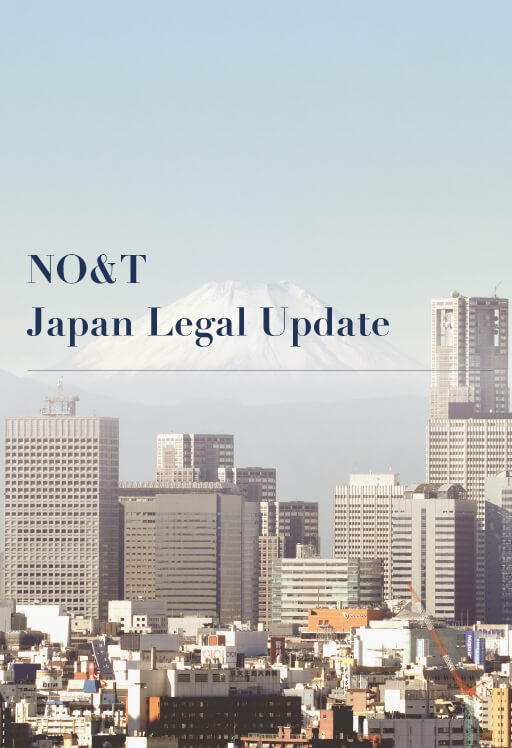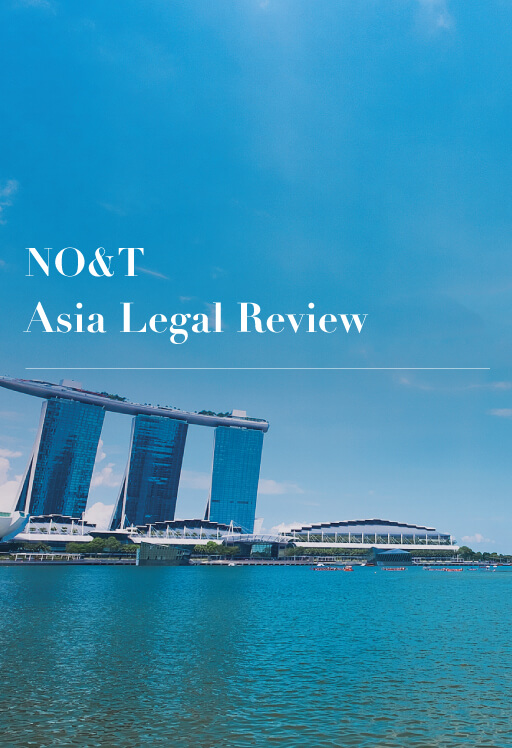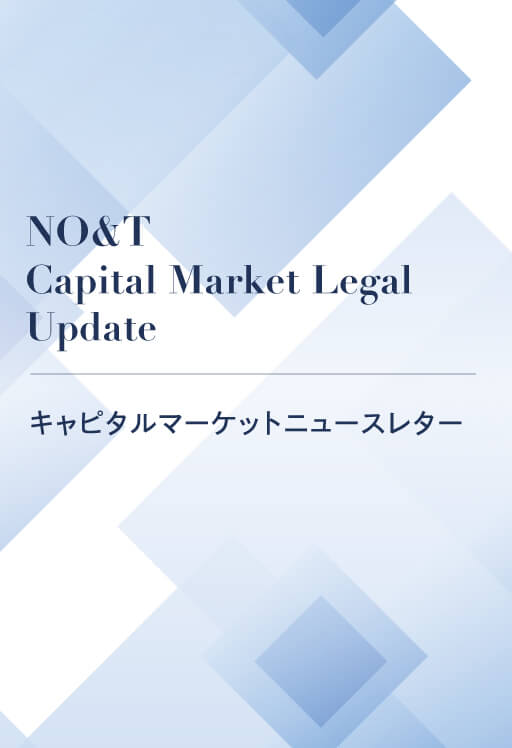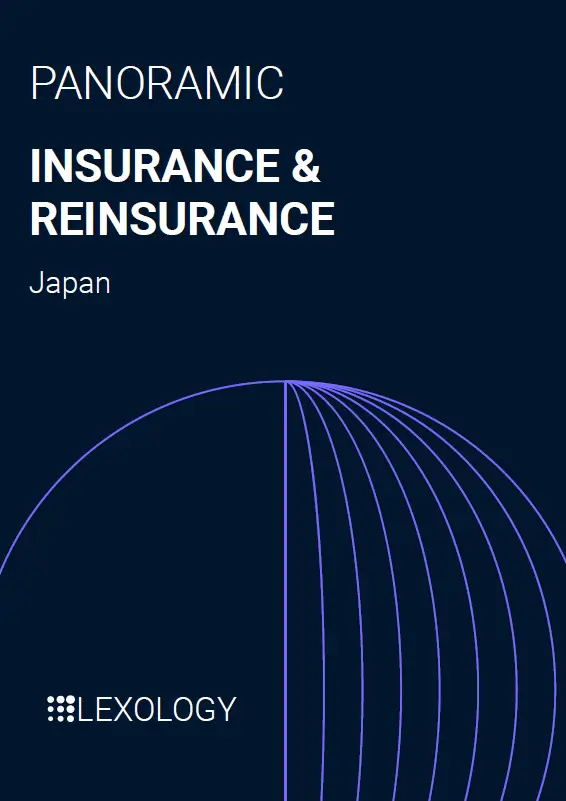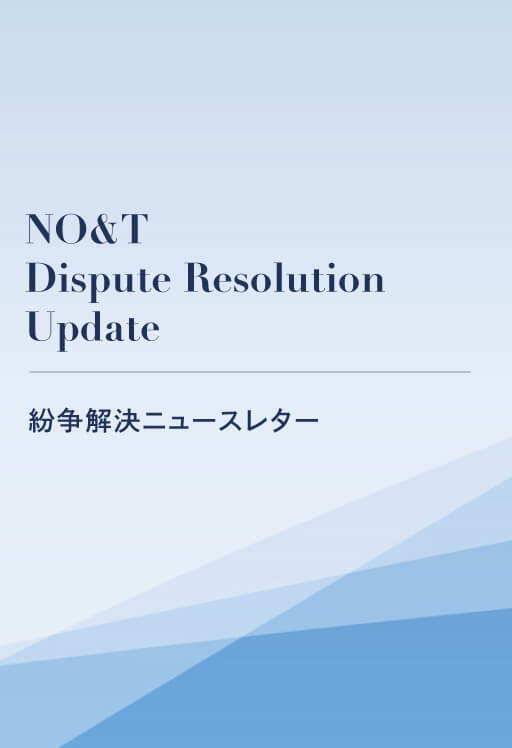Purpose of loan
Under Circular 12, a borrower is only permitted to use an offshore loan for the following purposes:
-
a. to implement its production or business plan, or investment project that has been duly approved by the competent authorities and in line with its constitutional documents (e.g. Investment Registration Certificate);
-
b. to implement the production or business plan, or investment project of the enterprise in which the borrower is a shareholder, provided that the ratio of offshore loan to total loans mobilized for the business plan or project must not exceed the borrower’s shareholding ratio in such enterprise;
-
c. to restructure another offshore loan of borrower provided that it does not increase the borrowing costs (i.e., interest and all costs and fees that the borrower must pay for the restructured loan).
-
a. to implement its production or business plan, or investment project that has been duly approved by the competent authorities and in line with its constitutional documents (e.g. Investment Registration Certificate);
-
b. to implement the production or business plan, or investment project of the enterprise in which the borrower is a shareholder, provided that the ratio of offshore loan to total loans mobilized for the business plan or project must not exceed the borrower’s shareholding ratio in such enterprise;
-
c. to restructure another offshore loan of borrower provided that it does not increase the borrowing costs (i.e., interest and all costs and fees that the borrower must pay for the restructured loan).
Thus, it is impossible to use an offshore loan to restructure/refinance a domestic loan. In general, the SBV also tends to reject the registration of medium- or long-term offshore loan to fund the shares acquisition by the borrower in another enterprise if the borrower is not an investment fund or an organization licensed to conduct shares trading business. This has been reflected in the Draft Circular by requiring that the use of offshore loan must be in line with the borrower’s registered business lines.※1 Besides, the Draft Circular substantially narrows down the permissible purposes of offshore loans, in particular:
-
a. it is required that the short-term offshore loans may only be used to pay off obligations payable within 12 months from the date of offshore loan agreement, excluding onshore loans and loans for acquisition of shares, securities, real estate, or projects. In its present form, Circular 12 does not limit the use of short-term loan for short-term or long-term finance purposes and in practice, short-term loans with flexible terms and conditions that are not required to be registered with the SBV are commonly used;
-
b. it is silent on the use of loan for the production or business plan, or investment plan of the enterprise of which the borrower is a shareholder, which seems impermissible in the future.
-
a. it is required that the short-term offshore loans may only be used to pay off obligations payable within 12 months from the date of offshore loan agreement, excluding onshore loans and loans for acquisition of shares, securities, real estate, or projects. In its present form, Circular 12 does not limit the use of short-term loan for short-term or long-term finance purposes and in practice, short-term loans with flexible terms and conditions that are not required to be registered with the SBV are commonly used;
-
b. it is silent on the use of loan for the production or business plan, or investment plan of the enterprise of which the borrower is a shareholder, which seems impermissible in the future.
Borrowing limits
Every year the Prime Minister approves the national offshore borrowing limit that is divided into the limit of loans being guaranteed by the Government and offshore loans which are not guaranteed by the Government. Save for giant projects, such limit would not affect the registration of non-Government guaranteed offshore loans. However, in certain years, the delay in approving the borrowing limit by the Prime Minister may delay the loan registration by the SBV at the beginning of a year.
Additionally, there are specific borrowing limits applicable to certain sectors (e.g. real estate sector, banking sector) or types of enterprises (e.g. FIEs).
Real estate business: The investor(s) in a real estate project must ensure that the equity capital (“vốn chủ sở hữu” in Vietnamese) is not less than 20% of the total investment capital for a project using less than 20 hectare of land, and not less than 15% of the total investment capital for a project using 20 hectare of land or more.※2 The determination of equity capital is based on the results of the most recent audited financial statements or the results of independent audit reports of the operating enterprise in the immediately preceding year or actual contributed charter capital of newly established enterprise.※3
The regulation on the financial sources for commercial residential houses project does not refer to offshore loans.※4 In its official letter No. 156/BXD-QLN dated 15 June 2017 responding to the SBV's official letter No. 3933/NHNN-QLNH dated 25 May 2017 regarding the possibility to use offshore loans for commercial residential houses projects, the Ministry of Construction highlighted that the loans must be granted by credit institution or financial institutions licensed to operate in Vietnam. Accordingly, it may be interpreted that offshore loans cannot be used to finance a commercial residential house project.
For projects for which an Investment Registration Certificate (“IRC”) has been issued (e.g. project of foreign investors): The IRC of each project specifies its investment capital and contributed capital. The total of offshore loans that the company implementing the project may mobilize for such project will be limited to the difference between its investment capital and charter capital.
For projects without obtaining an IRC: The total medium- and long-term loans (including outstanding domestic loans) must not exceed the total loan demand in the production or business plan, or investment project approved by the competent authority.
The Draft Circular retains the above-mentioned limits and adds the following severe conditions:
-
a. in case of borrowing to increase the capital scale of the borrower, the balance of total medium- and long-term loans (including both onshore and offshore loans) must not exceed 3 times the total equity capital as recorded in the latest audited financial statements;
-
b. in case of borrowing to refinance other offshore loan, the total offshore loan must not exceed the outstanding principal and interest of the loan to be restructured.
-
a. in case of borrowing to increase the capital scale of the borrower, the balance of total medium- and long-term loans (including both onshore and offshore loans) must not exceed 3 times the total equity capital as recorded in the latest audited financial statements;
-
b. in case of borrowing to refinance other offshore loan, the total offshore loan must not exceed the outstanding principal and interest of the loan to be restructured.
Credit institutions: If the borrower is a credit institution or branch of a foreign bank in Vietnam, it must observe the regulations of safety ratios and the offshore loan must satisfy the following supplemental limits:
For short-term loans: the ratio of total outstanding of short-term offshore loans to total equity in 2023 must not exceed 25% for a credit institution and 100% for a branch of foreign bank in Vietnam. From 2024 onward, such ratios will reduce to 20% and 80% respectively;
For medium- and long-term loans: the ratio between the total or net capital withdrawal of the medium- and long-term loans within one year (i.e. withdrawn amount minus repayment amount) and the equity at the last working day of the month preceding the month signing the offshore loan agreement must not exceed 10% for a commercial bank and 50% for non-banking credit institution or branch of a foreign bank in Vietnam.
Borrowing costs
Although Circular 12 defines the borrowing costs to be the interest and other fees in connection with the loans payable by the borrower to the lenders, loan securing party, loan insurer, agents and other relevant parties, it does not limit the borrowing costs. In practice, SBV does not seem to query if the borrowing costs of an offshore loan is equal or less than the average costs of a similar domestic loan.
However, the Draft Circular limits the borrowing costs to the following caps:
-
a. for offshore loans in foreign currency: Reference interest rate + 8%/year for loans using reference interest rate, or SOFT Term Rate※5 + 8%/year for other loans;
-
b. for offshore loans in VND: Vietnam Government bonds + 8%/year.
-
a. for offshore loans in foreign currency: Reference interest rate + 8%/year for loans using reference interest rate, or SOFT Term Rate※5 + 8%/year for other loans;
-
b. for offshore loans in VND: Vietnam Government bonds + 8%/year.
In order to monitor the loan costs, the borrower is required to show the table of estimated loan costs to the credit institution or to include the table in its application submitted with the SBV for offshore loan registration.
Security transactions
In principle, the borrower may use its own assets or third party’s assets to secure an offshore loan or guarantee the loan. Circular 12 merely stipulates that the security transactions must follow the general regulations. However, due to its particular features, the security transactions relating to offshore loans are not concluded and enforced effectively in practice. Therefore, the Draft Circular stipulates that in case the collateral is located in Vietnam and the secured party will not receive the collateral to replace the secured obligation, the parties must select a collateral settlement organization being a credit institution, branch of a foreign bank, or legal entity being established and licensed to operate in Vietnam.
Foreign exchange management
As Circular 12 is silent on foreign exchange management, the general regulations will apply. The Draft Circular imposes substantial burden on borrowers by requiring the borrower of an offshore loan in foreign currency to enter into foreign exchange derivative transactions for the term of transaction in line with the principal repayment plan, in particular:
-
a. For short-term offshore loans having the loan limit more than USD 500,000: the borrower must enter into FX derivative transactions with the value at least equal to 30% of the value of principal withdrawal on or before the date of principal withdrawal;
-
b. For medium- and long-term offshore loans having the loan limit more than USD 500,000: the borrower must enter into FX derivative transactions with the value at least equal to 30% of the value of principal withdrawal at least 3 months before the date of repayment of principal.
-
a. For short-term offshore loans having the loan limit more than USD 500,000: the borrower must enter into FX derivative transactions with the value at least equal to 30% of the value of principal withdrawal on or before the date of principal withdrawal;
-
b. For medium- and long-term offshore loans having the loan limit more than USD 500,000: the borrower must enter into FX derivative transactions with the value at least equal to 30% of the value of principal withdrawal at least 3 months before the date of repayment of principal.
Conclusion
As the Draft Circular introduces substantially stringent conditions of borrowing and using offshore loans, its future enactment will certainly affect financial sources for enterprises. Therefore businesses operating in Vietnam must take these amendments into account.
Endnotes
*1
Under the Law on Enterprises, the business line is a compulsory content of the business registration contents that an enterprise must notify the Business Registration Office.
*2
Decree 02/2022/ND-CP implementing the Law on Real Estate Business, Art. 4.2.
*3
Decree 02/2022/ND-CP implementing the Law on Real Estate Business, Art. 4.
*5
6-month Term SOFR announced by CME on its official website.
